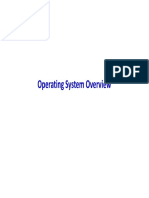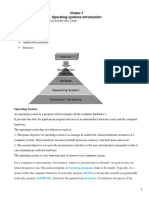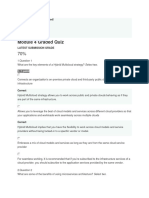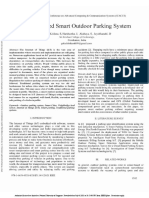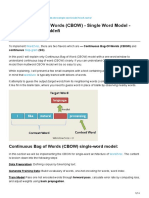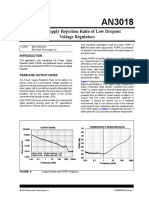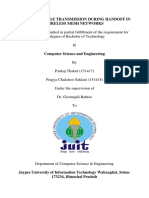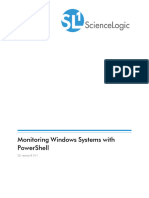0% found this document useful (0 votes)
6 views18 pages604 Operating System
The document provides an overview of operating systems, detailing their purpose, types, components, and services. It explains the organization of computer systems, the role of the OS as an intermediary between users and hardware, and various OS structures. Additionally, it covers process management, inter-process communication, and specific tools in UNIX/Linux, including file management and IPC mechanisms like pipes and FIFOs.
Uploaded by
bc230409427wsaCopyright
© © All Rights Reserved
We take content rights seriously. If you suspect this is your content, claim it here.
Available Formats
Download as PDF, TXT or read online on Scribd
0% found this document useful (0 votes)
6 views18 pages604 Operating System
The document provides an overview of operating systems, detailing their purpose, types, components, and services. It explains the organization of computer systems, the role of the OS as an intermediary between users and hardware, and various OS structures. Additionally, it covers process management, inter-process communication, and specific tools in UNIX/Linux, including file management and IPC mechanisms like pipes and FIFOs.
Uploaded by
bc230409427wsaCopyright
© © All Rights Reserved
We take content rights seriously. If you suspect this is your content, claim it here.
Available Formats
Download as PDF, TXT or read online on Scribd
/ 18














































